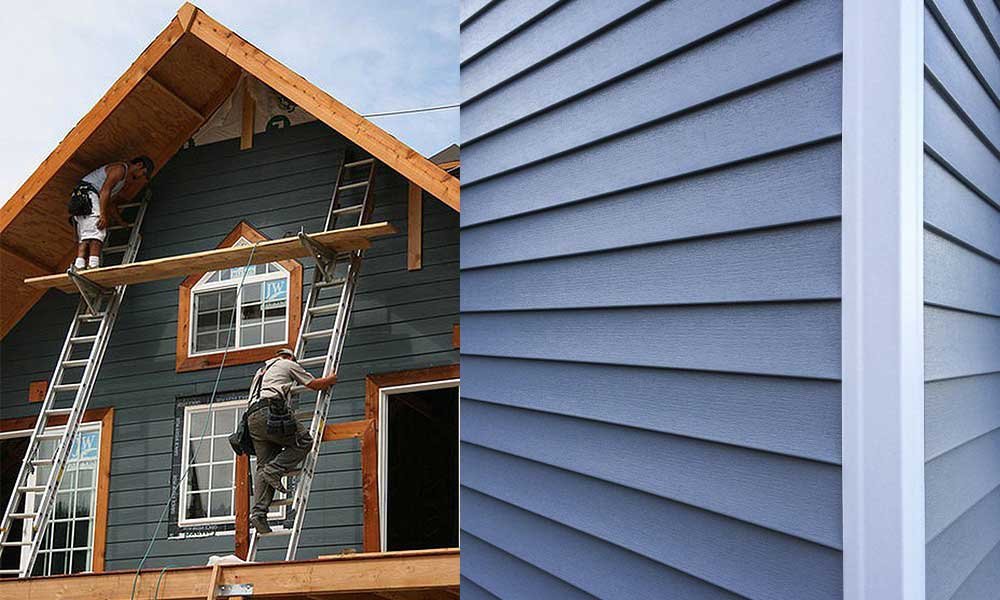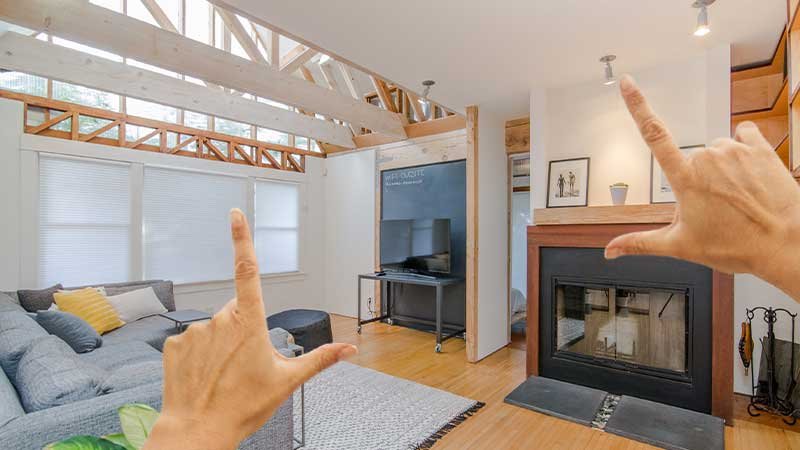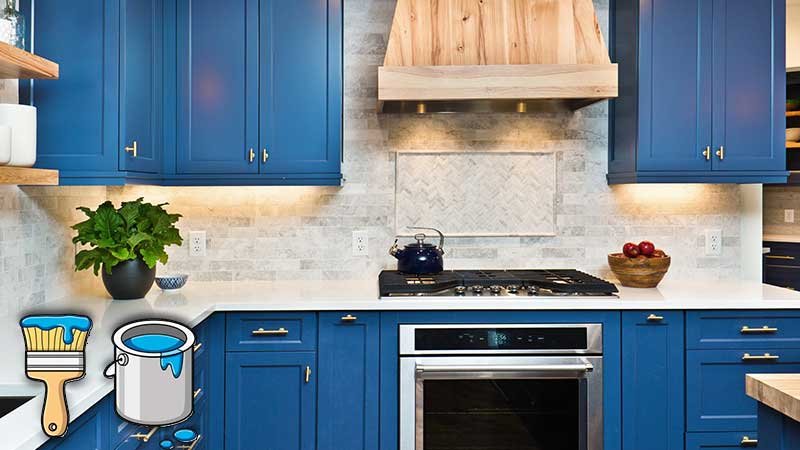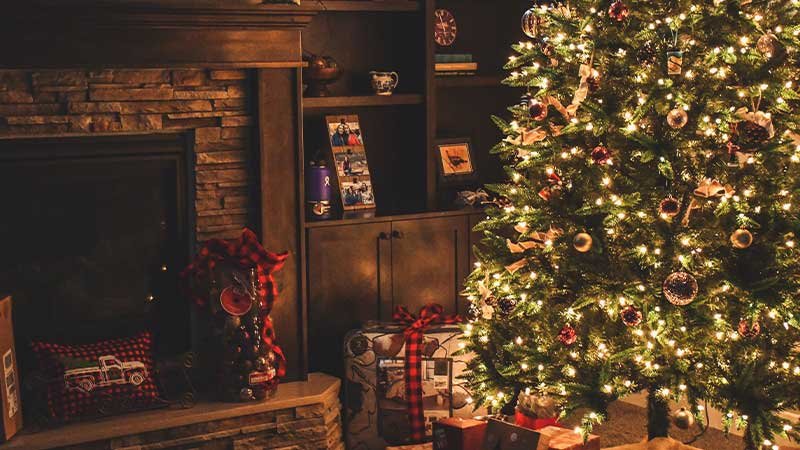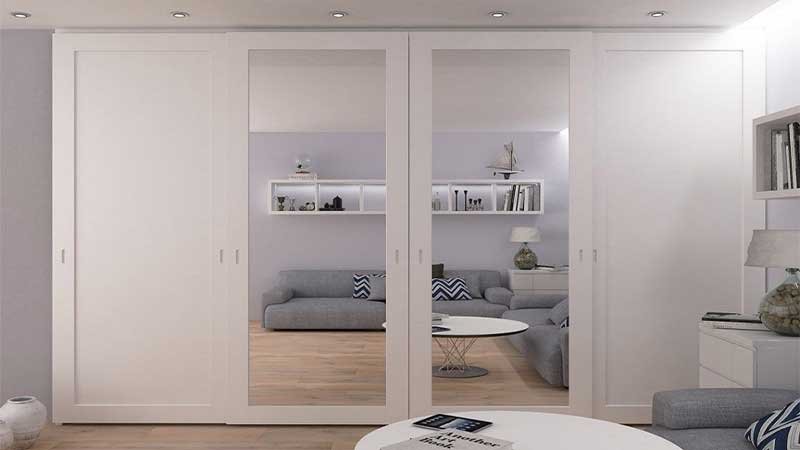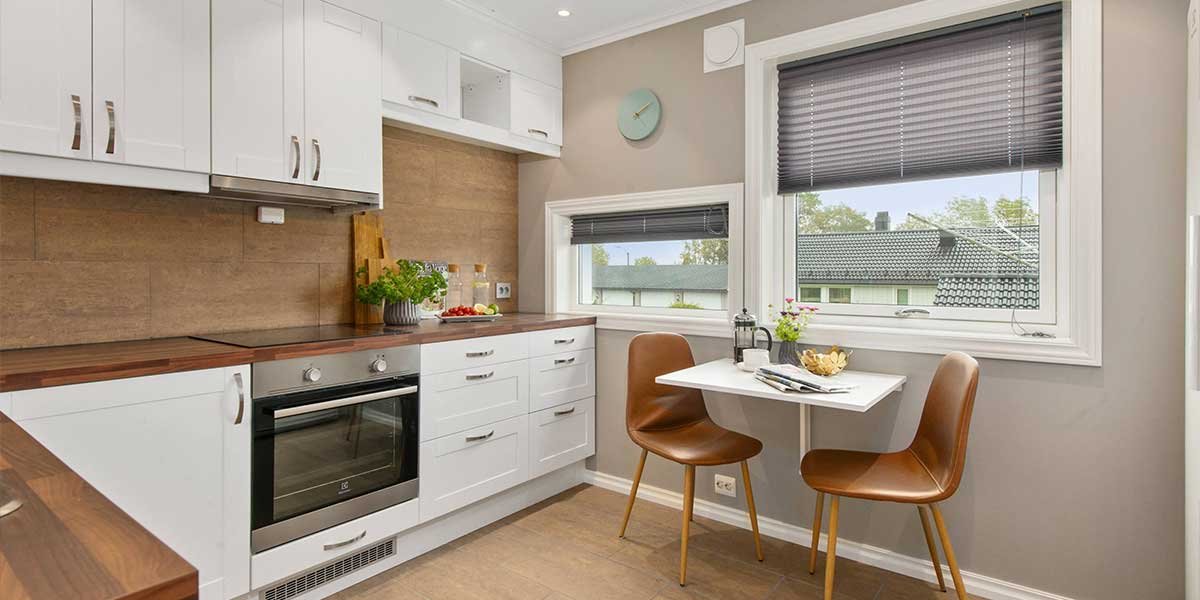9 Signs It’s Time to Replace Your Roof
When your roof is in good shape, it protects your house against the damaging effects of snow, ice, hail, and heavy rains. If your roof is in poor condition, your home is vulnerable to molds, mildew infestation, and leaks. Our roofing technicians at Top Notch Roofing understand it can be challenging to decide when to repair or replace your roof. Whether its metal, shingle, wood shake, tile, or stone coated steel roof, the following roof signs indicate you need a roof replacement other than repairs:
Water Damages and Leaks
Leaks are the most obvious signs your roof has problems calling for a roof replacement because they can destroy wall framings and fascia boards. They can also lead to rafter damages, destroy ceiling joists and cause water intrusion, especially on your home’s exterior trims.
Leaks peel your paint, damaging the ceiling and wall coverings. They will lead to your home’s structural damages if they are long-standing and severe, causing a considerable number of leaks that will deteriorate your home, resulting in an unexpected fall.
A Sagging Ceiling
A sagging ceiling may not seem like a big issue at first, but it could indicate severe leaks in the roof and maybe a sign of many drains of water down your roof. If your ceiling feels soft or like cardboard, it also indicates hidden leaks at the top of your house.
If you’re undecided between repairing or replacing your roof due to a sagging ceiling, some of the warning signs to watch out for a replacement include loud and cracking sounds and blisters on the ceiling plasterboard, indicating it’s pulling away from screws and nails.
If you have to wait, you can try to deal with rooftop leaks with some methods of your own.
Dark Ceiling Streaks
Stains and streaks on the ceiling call for roof restoration, indicating excess moisture reaching your ceiling due to severe leaks. This moisture could get to your walls and destroy your home’s structural foundation risking it from falling.
Curling Shingles
During the hot seasons, the metallic roof shingles expand more. As a result, their edges curve, forming concave shapes. You’ll need a new roof when curling shingles go beyond destroying your house aesthetics and leading to structural damages, mold infestation, and causing severe leaks.
Ice Dams
Ice dams cause severe damage to your roof when left untreated immediately after snowfalls. They tear your gutters, loosen shingles, plus cause water backups that drain inside your house.
When an ice dam falls onto your roof, ice works its way back up the roof edges, causing structural damages to the ceilings blocking water from draining off the roof, leakage that leads to poor insulation and heating. Your HVAC units will have to work harder and longer to ventilate your home.
Ice dams lead to brown, yellow, and gray stains by peeling paint on walls and the ceiling, destroying your roof’s aesthetics. It also reduces its lifespan. Therefore, replace your roof with heated cables to clear trails of ice between the shingles through to the gutters.
Increased Energy Costs
Constantly changing weather conditions like higher winds, snow, sleet, and hail will cause missing shingles and add stress to your ductwork. Your attics will also become inadequately insulated, affecting your home’s cooling and heating costs.
Additionally, your HVAC-controlled air will quickly escape your home and invite other conditions from outside, causing temperature fluctuations that will force your cooling and heating utilities to work longer and harder, increasing energy bills.
When you notice increased heating and cooling charges, the best consideration is to replace your roof rather than repair it. A new roof helps boost the effectiveness of your plumbing and HVAC systems.
Mold
A mold infestation on the roof indicates it doesn’t drain water properly. It also shows your attic is not adequately vented and sealed as moisture is collected and diverted at the top of your house, allowing it to seep into your attic.
Missing Shingle Granules
Regardless of the shingles you use, most have rough pebbles–like granules on their surfaces. These granules help reflect sunlight and divert water or snow from the roof. When your roof is damaged, you’ll notice balding spots on the shingles and water build-ups in your gutters, meaning your shingles are losing their granule structures and are becoming old or severely damaged.
Changes in Attic Temperatures
Your attic temperatures need to read the same as your outdoor surroundings. If the outside reads 50F, the attic should read the same. Changes in your attic temperatures lead to improper airflow because it adversely affects your HVAC units by destructing their ventilation effectiveness.
Follow Us
Latest Post







